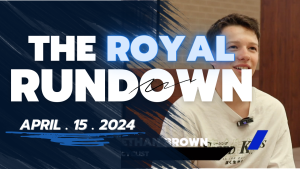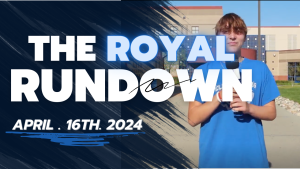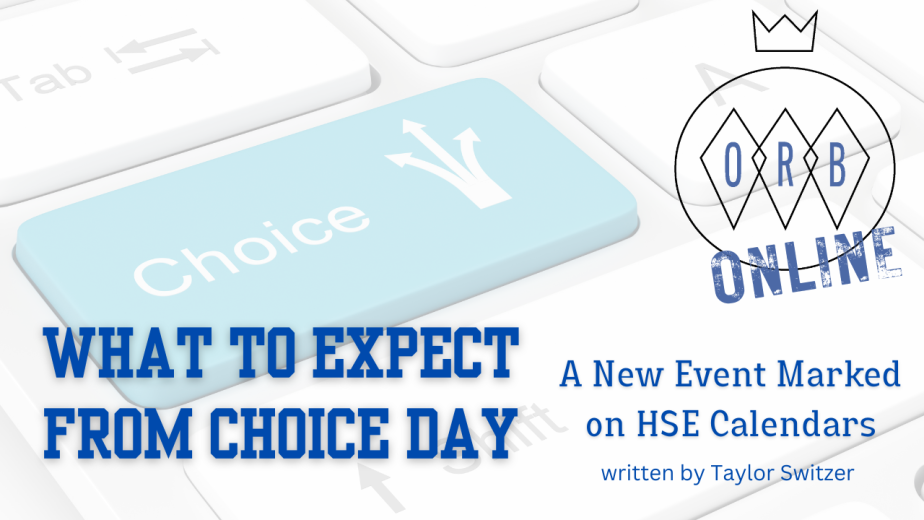Zack Snyder’s Justice League Review: Analysis and Comparison
April 30, 2021
Justice League was the DC Cinematic Universe’s fifth entry in an attempt by Warner Bros. to compete with Disney’s, originally Paramount’s, Marvel Cinematic Universe. It was met with mixed to negative reviews, largely due to the movie’s new comedic undertone that contrasted with the established darker tones and characters of the previous movies, the said establishing movies being Man of Steel, Batman V. Superman, and Wonder Woman. The directorial shift during the production of Justice League due to an unfortunate tragedy in Zack Snyder’s family led to the director of Avengers and Avenger’s Age of Ultron, Joss Whedon, to take over Snyder’s mantle in directing the movie. Snyder’s name was still credited, despite having no further input after taking his leave.
“There was about an hour of reshoots. So, I guess they used about an hour of my footage,” Zack Snyder stated about the changes Joss Whedon made in an interview with Total Film Magazine. “And they pretty much touched every shot, whether it was for ADR or whatever.”
Now after four years and a major fan campaign over social media with #releasethesnydercut becoming a trend over twitter, Warner Bros. had given streaming service HBO Max around $70 million to recreate and once again reshoot Snyder’s vision of the movie, being titled Zack Snyder’s Justice League, and having been released March 18th, 2021, being met with over a 90% audience rating on Rotten Tomatoes. Comparatively, the movie is in aspect ratio, over twice as long, and contains what I believe to be a much more in-depth look into the characters, their backstories, and their powers, something the theatrical release was sorely lacking when introducing three new major characters into the DCEU. This includes the main antagonist of the movie, with Steppenwolf receiving a visual upgrade, as well as posing more of a threat and having more motivation for why he wishes to carry out his plan. Before continuing to read I highly recommend watching the movie before as this will contain spoilers. Despite the movie technically having been released four years earlier in a theatrical cut versus what Snyder envisioned, I believe enough has changed, even in the story to warrant such a warning. Nevertheless it is your choice, and descriptions will be made in case you are still curious and decide to read the spoilers before watching. Here are some of my favorite moments and changes in Zack Snyder’s Justice League.
Character Changes
While not all characters receive a major change in their personalities or backstory, Cyborg, the relationship with his father, and The Flash all receive a considerable amount of further story and character to add to what was already established. While in the theatrical cut Cyborg was a less established member with less story beats compared to the other five members of the Justice League, Cyborg becomes the most human member of the team, having lost more than any of the other members, and receiving a new arc surrounding the discovery of his new powers and coping with the loss of his body and family. We also receive a much deeper dive into why he resents his father after the death of his mother, and how he and his father adjust and learn about his new ability, eventually coming to accept his gifts when they are required to save the planet.
The Flash too receives a better look into his history and character, showing how he is attempting to work at least three jobs while still being a hero to obtain a criminal justice education. We also see an unnecessary, and rather unfunny joke removed from the script surrounding The Flash’s lack of understanding of brunch. We also see him grow as a hero far more, coming to use his powers on a much grander scale than the theatrical cut demonstrates. He is my favorite character in Zack Snyder’s Justice League because of this, and he is the star of some of my favorite moments in the movie, one that I will describe at the end of this article.
Lastly there is Wonder Woman, who in the original Justice League is not given the same level of leadership as in the Snyder Cut. There is a joke where flash falls on top of Wonder Woman played for comedic effect that is thankfully removed in the Snyder Cut, as it undercut the empowering message her solo movie sent. Wonder Woman is also less defined by her past love interest, Steve Trevor, something that Batman takes a stab at her for in the original release. Now however, she acts as a secondary leader of the Justice League that steps in when Batman is unable to.
Story Changes
In Zack Snyder’s Justice League, despite it still following the major structure of the original film, holds enough differences to separate it from the original release. While Steppenwolf acts as the main threat still, a new underlying threat, not unlike Thanos in the Marvel Cinematic Universe, Darkseid. While being referenced only by name in the original release, Darkseid becomes a prominent figure in Steppenwolf’s backstory. His power and threatening presence is foreshadowed in a flashback of an ancient time where Greek gods, a green lantern, and an army of men, Amazons, and Atlanteans all came together to defend Earth. His threat is also foreshadowed in various visions of a darker future, one where he takes over the earth and models it after his world, Apokolips. If the name does not speak for itself, the world is barren and charred with Darkseid ruling over it and any of the over 100,000 planets he’s claimed to have conquered or destroyed.
We also see a new, more vague threat being introduced: The Anti-Life Equation. While the movie and dialogue are unclear about what exactly it is, Steppenwolf and Darkseid describe it capable of being used to rule over multiverses, not just a singular universe. Therefore, its presence on earth poses a much bigger threat to the Justice League than just Steppenwolf.
We also see a much more natural growth between the members of the Justice League. In the theatrical release, there is an unnecessary back and forth between the main protagonists when they debate bringing back Superman from the dead using a motherbox they collect, a device they now describe as a “change machine” that can make seemingly impossible chemical reactions occur, one example they give being turning smoke back into a house after it catches fire, giving much more context to the abilities of the devices than the original cut. The back and forth is instead replaced with a moment where the team evaluates their next move and has an open conversation as to what to do next, rather than Batman taking an uncharacteristic stab at Wonder Woman for having outlived her previous love interest. There is a much more natural growth, with the team eventually sympathizing with one another for their losses that occur and motivations that they share, giving an ending with much more closure between the characters than the theatrical release.
Personal Favorite Moment
One part of the movie that is talked about consistently is the moment that the Flash time travels back to the moment where all hope seems lost. As Steppenwolf is being defeated by Superman, a portal opens where we see Darkseid and his minions watching over the League as the motherboxes begin to synchronize, ready to turn Earth into a copy of Apokolips. Just as the Unity is created and the boxes create a massive explosion, the Flash, Barry Allen, enters the speed force, the source of his super speed, and runs faster than the speed of light to reverse time. Pun intended; such a simplified description cannot do the scene justice. The soundtrack changes from a dark theme to one of curiosity and hope, almost as if the entire universe is wondering what Barry is going to do to save the day. As he runs, he rebuilds the ground beneath him with each footstep, the lightning behind him branching further and further as he runs faster, the music turning triumphant as we see him succeeding in bringing back what we thought was a hopeless defeat and turning it into a stunning victory. Despite having watched the theatrical cut beforehand and knowing they would win I could not help but feel the anticipation build as I was watching the scene unfold. The scene looked as though it was torn directly from a comic book and captures the scope of these superbeings’ powers better than any other movie in the DCEU.
Conclusion
The overall story, character growth, and added threat of the villains make Zack Snyder’s Justice League to be far superior to its theatrical predecessor, and one worth the over four-hour time period it takes to watch fully. A movie that not only satisfied the fanbase, but started a whole new hashtag trend afterwards, #restorethesnyderverse. With all of this considered, as well as my personal opinion, I believe this movie to be worth the wait and reshoots.







